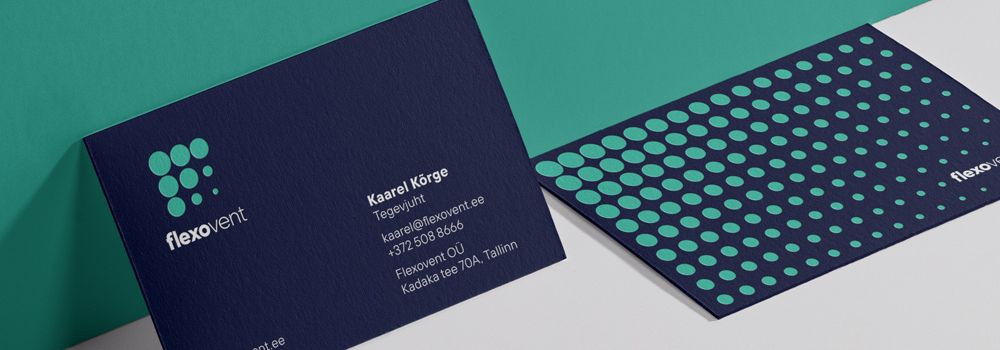The art of crafting a brand identity that stands out
Brand identity is the collection of all elements that a company creates to portray the right image to its consumer. It's the face of a business and includes everything from logos and colors to messaging and packaging. A well-crafted brand identity is essential for making an impression and distinguishing your business from the competition.
In today's crowded marketplace, having a brand identity that cuts through the noise is more important than ever. It's not just about being recognized; it's about being remembered and preferred. A distinct brand identity can elevate your business, create customer loyalty, and become your most powerful asset.
Key Elements of Brand Identity
Your logo is often the first point of contact with your audience. It should be unique, memorable, and reflective of your brand's values and personality. A great logo design can communicate your brand's essence at a glance.
Colors evoke emotions and convey messages. Choosing the right color palette is crucial for creating a cohesive and effective brand identity. Each color has its own psychology, and understanding this can help you connect with your audience on a deeper level.
Typography is another critical element that contributes to your brand's character. The fonts you choose can significantly impact how your message is perceived. Whether you opt for modern, traditional, or quirky fonts, ensure they align with your brand's tone and values.
The imagery and visual style you select should complement your brand's overall aesthetic and message. Consistent use of visuals will reinforce your brand identity and help your audience quickly identify your content.
Your brand voice is how you communicate with your customers, and it should be as distinctive as your visual elements. Whether it's professional, friendly, or irreverent, your brand voice should resonate with your target audience and reflect your brand's personality.
Strategies for Developing a Unique Brand Identity
Understanding your market and audience is the first step in developing a brand identity that stands out. Research helps you identify opportunities for differentiation and areas where you can innovate.
Defining the personality traits of your brand can guide the creative process and ensure that all elements of your brand identity align with the image you want to project.
A compelling brand narrative can engage your audience and give them a reason to care about your brand. Storytelling is a powerful tool that can bring your brand to life and create an emotional connection with your customers.
Maintaining a consistent brand identity across all platforms and touchpoints is essential for building recognition and trust with your audience. Inconsistencies can lead to confusion and dilute your brand's impact.
Emotional branding and creating positive experiences can foster loyalty and advocacy. People remember how a brand makes them feel, and tapping into those emotions can make your brand unforgettable.
Overcoming Common Branding Challenges
Adapting your brand identity to stay relevant in a rapidly evolving market is a challenge many businesses face. It's important to stay true to your core values while also being flexible enough to grow and change with your audience.
In a market saturated with similar offerings, standing out is a significant challenge. To overcome this, focus on what makes your brand unique and communicate that consistently.
Finding the balance between being authentic and innovative is key to a successful brand identity. Authenticity builds trust, while innovation keeps your brand fresh and relevant.
Utilizing Technology and Trends
In the digital age, your online presence is a critical component of your brand identity. Embracing digital branding means creating a seamless online experience that aligns with your brand's identity and values.
Social media offers unique opportunities to showcase your brand's personality and engage directly with your audience. It's an essential tool for modern branding that can amplify your identity and reach.
While it's important to have a timeless brand identity, being aware of and adapting to new design trends can keep your brand looking current. However, any trend you adopt should still feel authentic to your brand.






Comments (0)